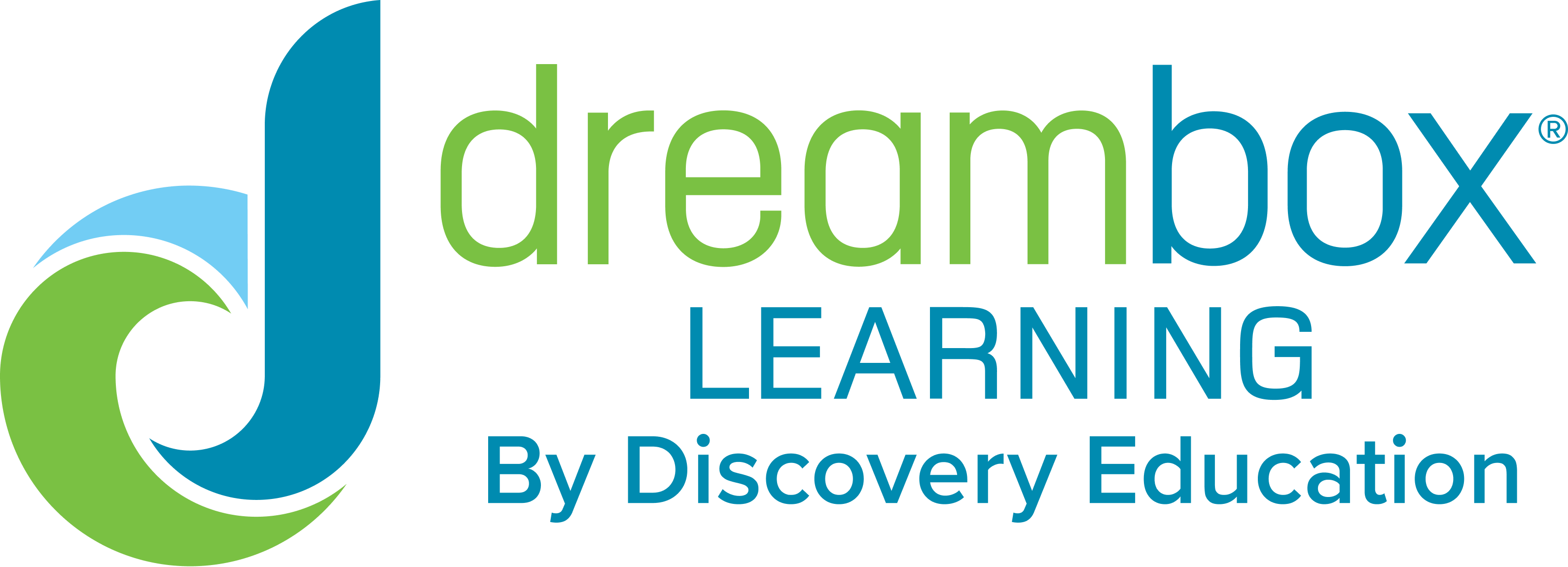Blogs
The five components of reading and how DreamBox Reading 3-12 helps educators support component development
October 11, 2022
SHARE NOW
Background: Who determined the five components of reading?
Congress asked the National Reading Panel NRP to determine the best approaches to help children read. As a result of their research and evaluation, the organization issued an evidence-based, nearly 500-page report of their findings. Teaching Children to Read divided reading instruction into five components and summarized available research. NRP then made instructional recommendations for each component. The components are:
- Phonemic awareness
- Phonics
- Fluency
- Comprehension
- Vocabulary

Within these five categories, the report determined several key takeaways, including:
Phonemic awareness and phonics:
- These early components are critical to reading proficiency, but not the end goal.
- These components should be systematically taught and integrated with spelling instruction.
- Educators intentionally decide the order that phonemic awareness and phonics skills should be taught.
Fluency, comprehension and vocabulary:
- Strong fluency – created by automaticity and language comprehension and a solid vocabulary – is necessary to become a proficient reader.
- Students unable to recognize and understand words, can’t achieve fluency and decode unfamiliar words.
- Fluency allows for better text comprehension, which allows students to build vocabularies for greater comprehension of more complex texts.
The report also determined that most students need substantial instruction in phonics-based skills to achieve fluency, strengthen comprehension and develop their vocabulary.
Reading scores are on the decline for the first time in two decades
In 2022, the National Center for Education Statistics conducted a special administration of the NAEP long-term trend reading and mathematics assessments to examine student achievement during the COVID-19 pandemic.
Scores from over 7,000 9-year-old students indicated:
- Average scores in 2022 declined 5 points in reading since 2020.
- This decline is the largest average score decline in reading since 1990.
- Students in the most underserved populations saw the most dramatic shift. Reading scores dropped 10 points for students in the bottom 10th achievement percentile.
These scores are alarming and it’s urgent to respond strategically and quickly. If these students don’t get access to the right resources and support, they’ll be at greater risk of not building reading proficiency well enough to excel in other areas. Now is the time to provide effective intervention strategies to help students find success this year and beyond to graduate on time, pursue post-secondary opportunities and compete in a global economy.
Strategies to consider for literacy instruction across teaching reading
The NAEP test results analyzed over 7,000 9-year-old 4th grade students. This is a critical period for readers because starting in grade 3, students transition from learning to read, to reading to learn. As children read to learn, DreamBox Reading helps develop the components of reading. They include reading comprehension, vocabulary and fluency – a component often not addressed in the silent reading phase.
Below you’ll find a brief description of each component as well as some easily incorporated strategies to support improved reading outcomes.
The quick definition: reading comprehension
Simply put, comprehension means making meaning from text. However, getting to comprehension can be complex and requires three processing systems:
- Phonological: Recognizing familiar words or being able to decode unfamiliar words.
- Meaning: Understanding the meaning of each word.
- Context: Understanding the meaning of sentences and entire texts.
How to support reading comprehension
One simple strategy to support students’ reading comprehension is to incorporate read-aloud instruction. Use turn-and-talk, open-ended questions, small-group discussions and student-student discourse to ensure 100% student engagement.
Another strategy, or resource, to support the development of comprehension skills is an online literacy program like DreamBox Reading. Adaptive technology can offer personalized scaffolding to build independent reading skills. The DreamBox Reading program automatically customizes lesson features including content level (based on an initial assessment), reading rate, opportunities to reread texts and questions interspersed throughout each lesson. The program also allows students to self-select reading texts that are engaging and further build content knowledge and vocabulary.
The quick definition: vocabulary
Vocabulary is the knowledge of what a word means and how to pronounce it. Students develop vocabulary by sounding out words. Making sense of the word then informs comprehension. Readers must understand the meaning of words in order to understand the full content of the text.
Helping students build vocabulary
Read-alouds, a great strategy for improving reading comprehension, can also help build students’ vocabulary. A 2019 research study found that young children whose parents read aloud to them five books a day enter kindergarten having heard about 1.4 million more words than kids who were never read to.
In addition to vocabulary acquisition that can be formally taught before and during a read-aloud, a combination of turn-and-talks, small-group discussions, and student-student discourse can further grow students’ vocabulary.
Additionally, an adaptive reading program with built-in vocabulary support can supplement whole- and small-group instruction. It provides personalized vocabulary development and improvised reading comprehension. For example, the vocabulary component in DreamBox Reading teaches students a research-based compilation of highly valuable, cross-curriculum, general academic vocabulary. Students master words through activities such as matching a vocabulary word with its synonym, selecting sentences where it’s used properly, and completing sentences with members of its word family.
DreamBox Reading also teaches students “2,400 Words to Master” a research-based compilation of general academic vocabulary. Their word mastery is continually evaluated, and students receive support for academic words they struggle with. These words are systematically included and repeated within their reading selections to help them progressively increase complexity of texts.
Oral reading fluency: In grades K – 2, students build foundational skills, such as phonemic awareness and phonics skills. During this phase, they also develop oral fluency. Students demonstrate speed, accuracy and expression as they read aloud. It’s immediately apparent when a student doesn’t read a word or sentence correctly. A teacher can then intervene appropriately and quickly.
Silent reading fluency: Silent reading fluency becomes increasingly important beginning in 3rd grade. It’s the ability to read silently with attention and concentration, ease and comfort, at grade-appropriate reading rates and with good understanding. You can learn more about silent reading fluency here.
Developing reading fluency
Silent reading fluency is taught the least yet tested the most. The challenge for teachers is how to teach silent reading fluency. Both nonproficient and proficient readers can struggle with low reading fluency, which affects motivation and engagement. Fluent readers are able to focus on comprehension, read increasingly complex texts and become a more confident and engaged reader.
Reading solutions with embedded assessments can help identify students’ strengths and weaknesses and what they need from the start. This data allows for targeted instruction and can inform areas of fluency, comprehension, vocabulary, confidence and interest. With greater access to student data, educators have insight into where students are and what they need to grow.
Students cannot develop comprehension without vocabulary or fluency skills. However, many intervention programs fail to address silent reading fluency. So, students are limited in the progress they can make across other critical skills. DreamBox Reading is the only reading solution that supports silent reading fluency. Educators can leverage the Intelligent Adaptive Learning technology to guide and support reading fluency and provide each student with just-right instruction. Reading fluency allows students to focus more deeply on comprehension, read increasingly complex texts and become a more confident and engaged reader.
As students develop and hone the skills necessary to become readers, they must engage with the right content to become better readers. Technology can match students with the right lessons for their vocabulary, comprehension and fluency levels. It can adapt and adjust to ensure they remain within their zone of proximal development. As they build intersectional skills in every area, just-in-time technology, like DreamBox Reading 3 – 12, can provide personalized scaffolds and support based on student behavior and needs.
Interested to learn more about how DreamBox Reading supports critical components of reading?










